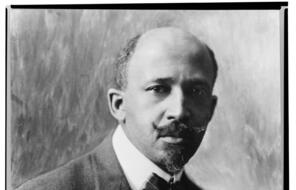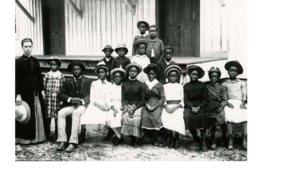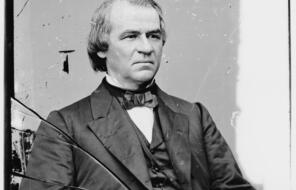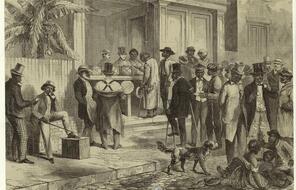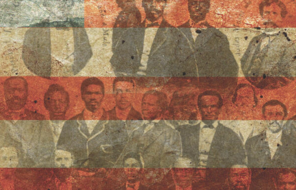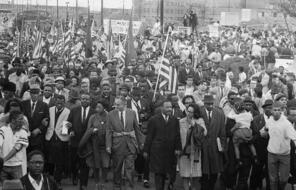The Southern Lady and Belle: The Companion to Southern Literature by Joseph Flora and Lucinda MacKethan
At a Glance
Language
English — USSubject
- History
- Racism
This excerpt appears as Handout 3.8 on page 90 of Teaching Mockingbird.
In their book The Companion to Southern Literature, Joseph Flora and Lucinda MacKethan describe the Southern lady and the younger Southern belle, social types that exuded the traditional characteristics to which many white Southerners expected girls to aspire for much of the twentieth century.
Ideally a patrician, privileged white woman, she served her husband, bending to him in all matters; she was maternal, bearing children regularly and caring for them lovingly; she possessed great skill in the domestic sphere, running kitchen and nursery, overseeing the household in all areas, dispensing medicine, always hospitable. Most important, perhaps, she was the moral center of the household, pious, self-effacing, and kind. An expert with the needle, she could also play a musical instrument and sing melodies for the family. She was essential to the patriarchy, assuring well-brought-up children, a well-run home, and complete comfort for her husband… 1
Following the Civil War, [the] vision of a plantation South took on mythic proportions as southerners grew defensive and nostalgic about the Old South. In particular, the southern woman of the Old South was presented, through the image of the southern lady, as the ideal of nineteenth-century womanhood.
. . . A marble figure on a pedestal, she was static. A more appealing character, in this idealized vision of the South, was the southern belle, the younger, unmarried, and hence incomplete version of the southern lady . . . .
If trained right, the belle had, by her early teen years, already acquired most of the makings of the southern lady: she was beautiful or potentially beautiful, graceful, charming, virtuous, loyal to family, submissive to father, in need of men’s protection, yet resourceful and brave when unusual circumstances called on her to be. But even in her late teens, she might not yet have perfected self- sacrifice and calm self-possession. These characteristics would come, or must come, once she married—and marrying was supposed to be her goal in life. 2
How to Cite This Reading
Facing History & Ourselves, “The Southern Lady and Belle: The Companion to Southern Literature by Joseph Flora and Lucinda MacKethan,” last updated May 2, 2022.
This reading contains text not authored by Facing History & Ourselves. See footnotes for source information.







